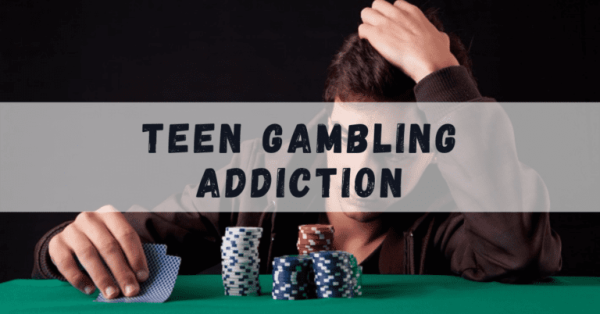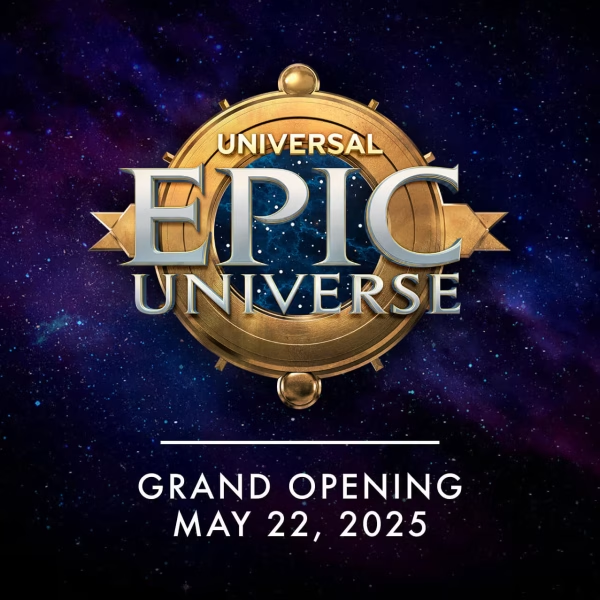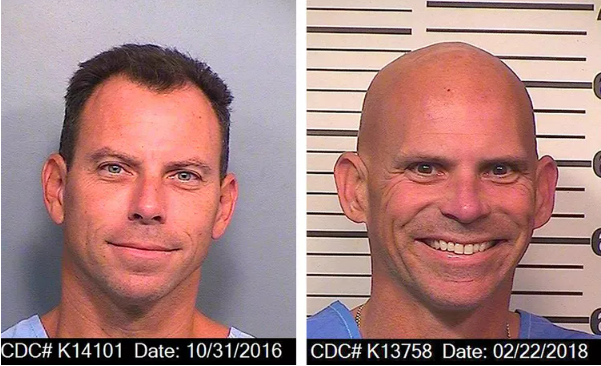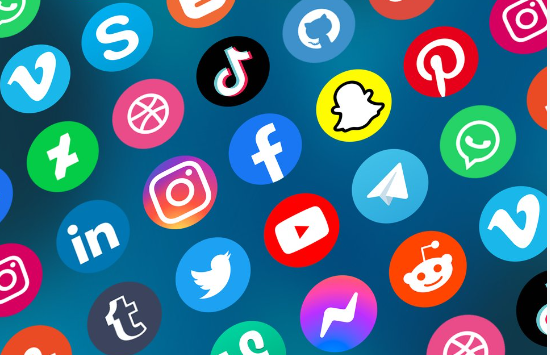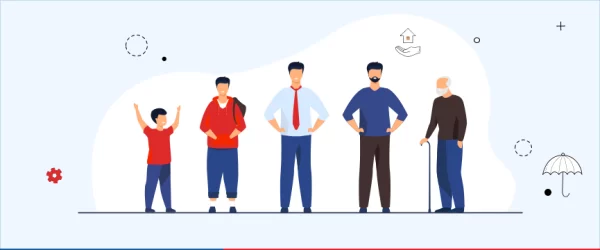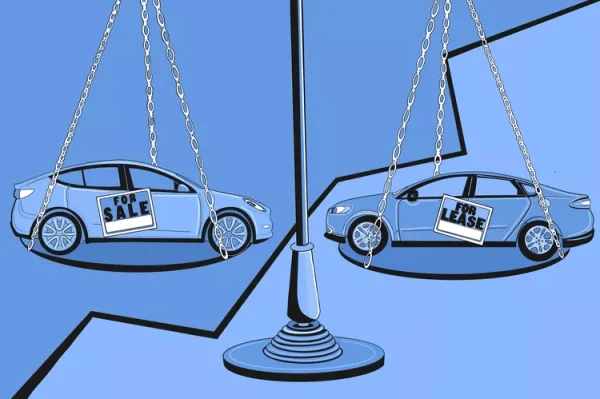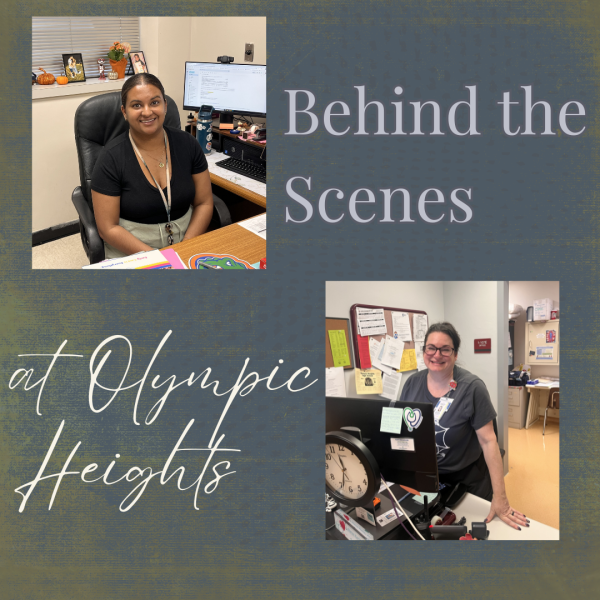Indigenous People’s Day highlights the long struggle ahead for respect and equal rights these “true Americans” face
Indigenous people have and continue to fight for the rights so many other Americans take for granted.
Many people across the country celebrated Indigenous People’s Day on Monday Oct. 10. This national holiday has received more recognition in recent years as the rights of indigenous people are being challenged, and many are educating themselves and others about the history behind Indigenous People’s Day.
Indigenous People’s Day falls on the same day as Columbus Day, and it is intended to replace it. Despite being known as the explorer who discovered the New World, Christopher Columbus committed treacherous acts upon the native populations who resided in the Americas when he and his men arrived, including enslaving them and treating them with brutality. The fact that the day is still recognized is offensive to many indigenous people.
Indigenous People’s Day was created as an alternative to Columbus Day to address injustices towards indigenous people, both historic and current. According to National Public Radio, Indigenous People’s Day “helps correct ‘whitewashed’ American history that has glorified Europeans like Italian explorer Christopher Columbus who have committed violence against Indigenous communities.”
Many indigenous students spend Indigenous People’s Day with their families connecting to their roots. “My biological dad is 100 percent indigenous, and I grew up living very close to our reservation,” said Olympic Heights sophomore Alex Haring. “We visited family there and participated in festivals often.”
OH junior Jackson Miller has indigenous ancestry that is more distant than Haring’s. He stated, “I have indigenous background that traces back to the 1600’s as well as some portions of my extended family being indigenous Cherokee.”
Miller admits that he isn’t as connected to his indigenous ancestry. “I would love to learn more about my ancestry as most of the records containing my ancestors’ past were either destroyed or lost with time,” he explained. “I would find it very fascinating to learn more about where they came from and what they experienced.”
Many native children think or are taught by others outside their communities that being indigenous is something that should be hidden or ignored. “The lack of indigenous representation in the media and in daily life made me feel lonely and unseen as a child,” Haring recalls. “I thought being indigenous meant I was weird and that my heritage was not worth being talked about.”
Native Americans are such an important part of history, yet they were and are still overlooked to this day. Indigenous People’s Day is important because it allows Americans to show their native neighbors that they matter and that it is their right to express their culture.
For example, many native children go by Americanized names rather than their indigenous name, a subtle form of assimilation. Haring shared that her indigenous name is Aiuki, which means beautiful.
To this day, Native American reservations are getting smaller, and the native population is dwindling. Due to the lack of media attention on this pressing issue, indigenous tribes are losing the rights promised to them, and they are losing their people.
Indigenous people have been pushed, forced out, and hidden for too long. Indigenous history displays a trend of discrimination, not just from Columbus’ brutal treatment upon his arrival in the Americas, but with the United States’ forced assimilation practices. But the government can take large steps in making proper amends. Haring suggested, “Stop taking our land and separating our families. Respect our traditions and experiences. To fix it, give our land back.”
Additionally, the rate that indigenous women and children are disappearing or being found dead continues to increase, but with the help of the media and proper education towards native people, this country can help set things right and return what was and continues to be taken from these peaceful people.


